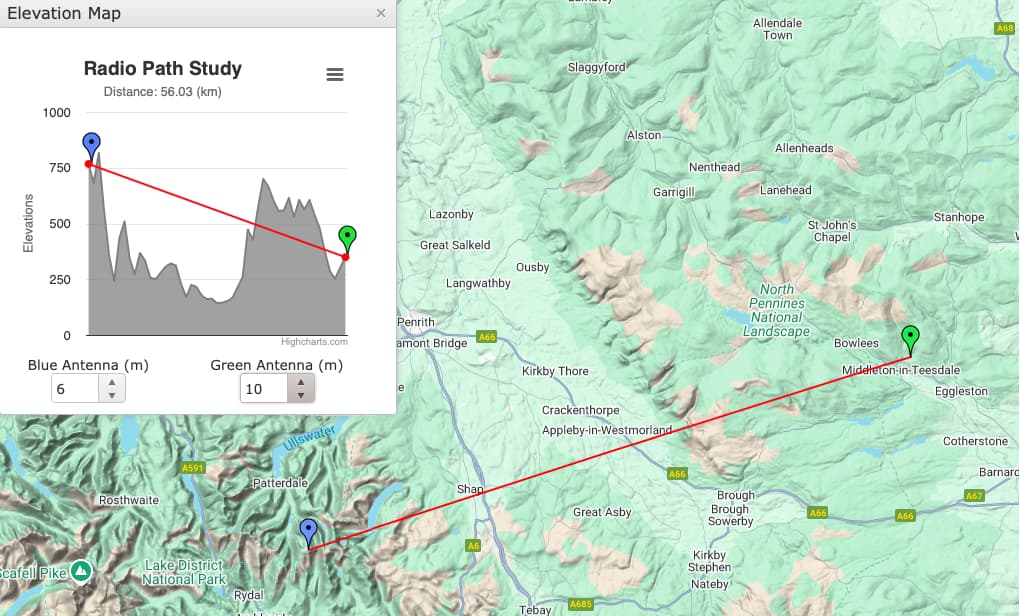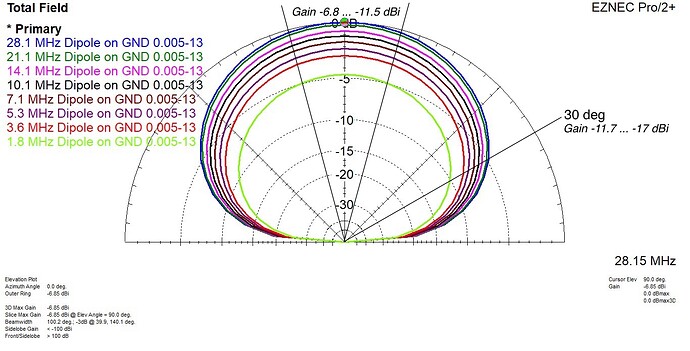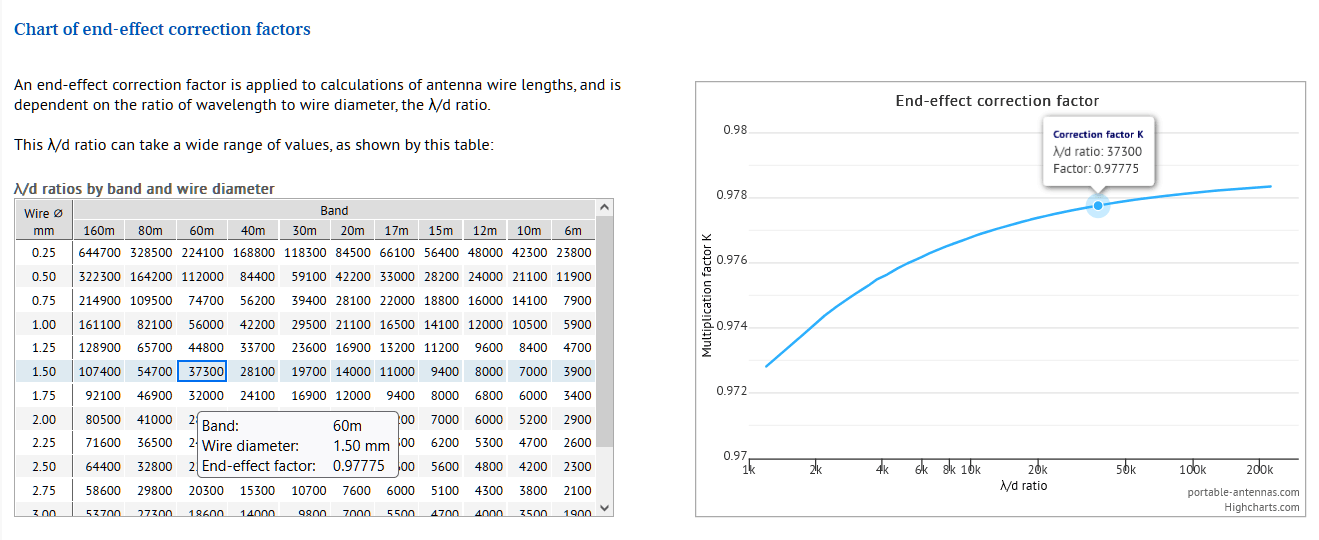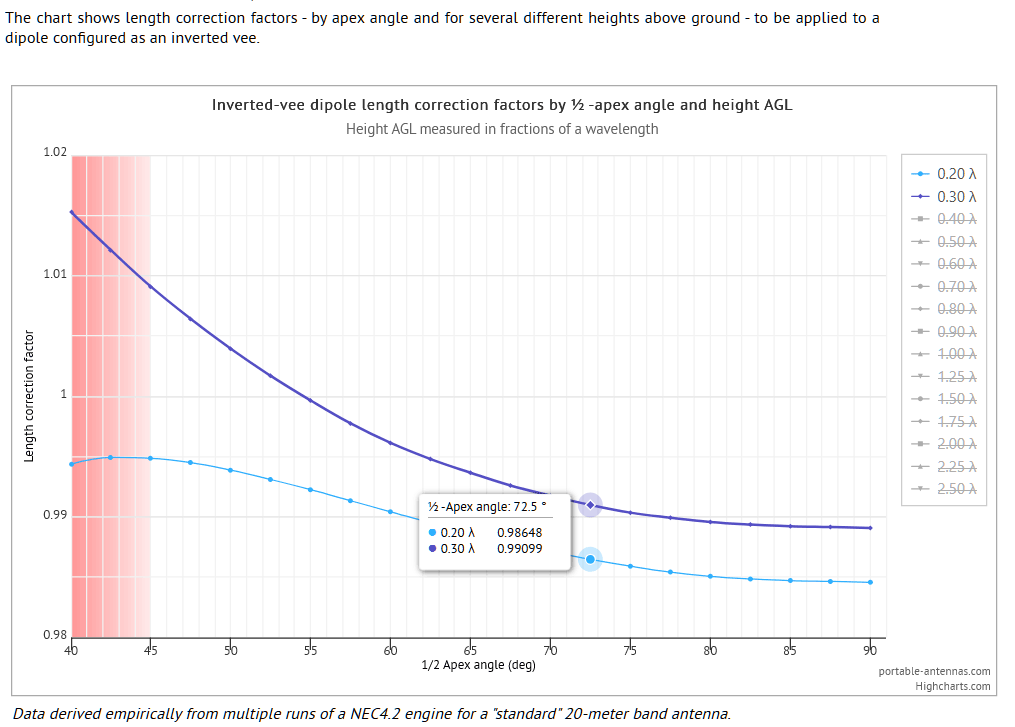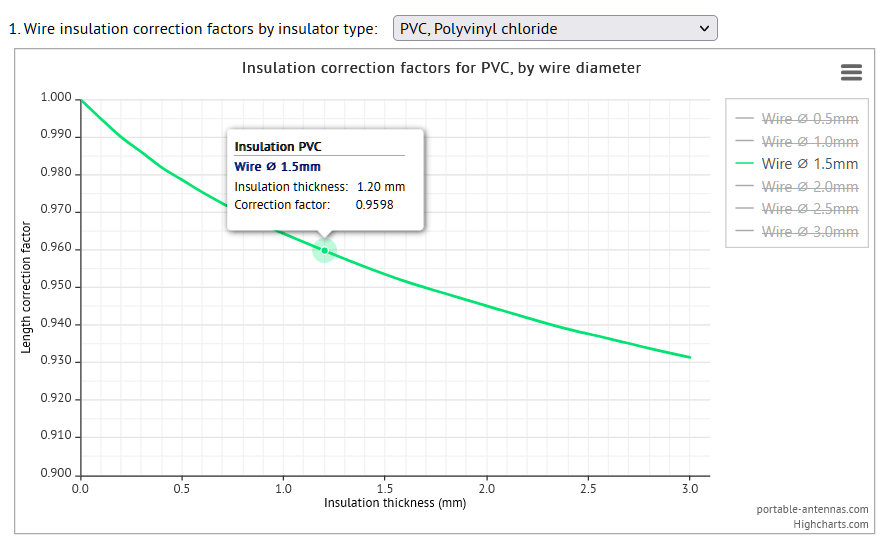The biggest uncertainties are the D-layer absorption and the actual ground conditions.
The D-layer absorption is why 160m is often not open during the day. It is higher at lower frequencies, and tends to reduce at night (although at high latitudes the D-layer may still be in sunlight when the Earth below it is in darkness).
I’d suggest using VOACAP (which runs online) for such an analysis: it provides a probability of a path being open vs. time of day, and you can specify a power level and antenna type (although from a limited number of options). But if you can look at the results for a height of 5m, for example, then you can extrapolate to a lower antenna using your results from EZNEC. It can account for Es, but not for other scattering or reflection modes. You can even provide your own antenna pattern files to it, although I haven’t tried that approach.
The actual ground conditions vary with frequency. One issue is that mountaintops often don’t have the same sorts of soil types that we might find in other areas. Here in Oregon, where much of our soil is volcanic (a friend lives on an old lava flow, with virtually no dirt, and other areas have thick layers of volcanic ash), conductivity tends to be very low, and the RF may permeate further into the ground. In that case, the effective height above ground may be greater than it would seem. (A ham in Nome reported laying his antennas on the ground, as they had 30m of dry sand that acted as an insulator.) So the “standard” ground conductivity values might not apply. Snow and tufts of grass also have an impact: even 10cm of height can make a difference in efficiency.
Based on the number of hams who have made contacts using milliwatts, we know that it doesn’t require a lot of power in good conditions. In one exercise, I was using an 80m dipole in a parking lot, with the center 2m up in a tree, and most of the antenna running along a low hedge at about 50cm off the ground. We clearly copied another station using a dipole made from a pair of mobile whips, with their FT-817 in high SWR shutdown mode. True, they weren’t moving the S-meter, but they were perfect copy.
So I don’t think any calculator is going to be accurate without being able to model all the variables. The best approach would be to set it up on some of your favorite peaks and try it out with another station, reducing your power and seeing how well they can hear you. Expect the resonant frequency to shift around at low heights, so you may need a tuner.
Also, I hope you are using the NEC 4.2 computation core for EZNEC for wires laying on the ground. The more common NEC 2 core is not accurate for wire within about 0.05 wavelengths of the ground.
